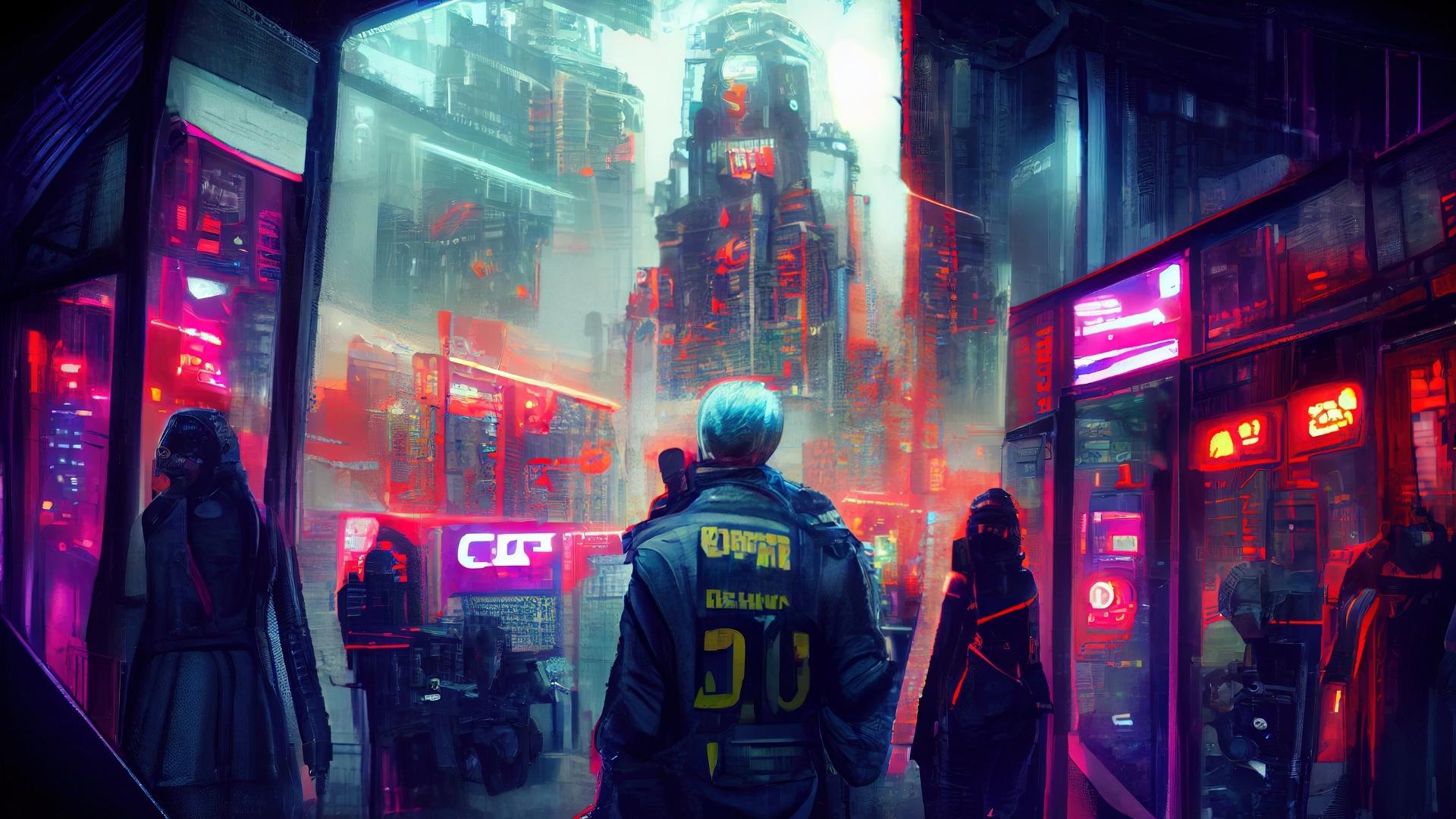In the ever-evolving world of video gaming, virtual reality (VR) stands out as a beacon of innovation and excitement. Virtual Reality 2.0, the latest iteration in this technology, promises to revolutionize the gaming experience. This article delves into the advancements of VR 2.0 and its impact on the gaming industry, offering gamers a glimpse into a future filled with unparalleled immersion and interactivity.
The Evolution of VR Gaming
- The Beginnings: The journey from basic VR headsets to today’s sophisticated systems.
- Current State: An overview of the present VR gaming landscape.
- Future Prospects: Predictions for VR gaming in the coming years.
Virtual reality gaming has come a long way since its inception. Initially seen as a niche market with limited potential, it has grown into a multi-billion-dollar industry. The advancements in VR hardware and software have been instrumental in this growth, offering increasingly realistic and immersive experiences to gamers worldwide.
Key Features of VR 2.0
- Enhanced Graphics: Crisp, lifelike visuals that blur the line between game and reality.
- Improved Motion Tracking: Precise and responsive tracking for a more natural gaming experience.
- Advanced Haptic Feedback: A tactile dimension that brings virtual worlds to life.
Virtual Reality 2.0 is not just an incremental update; it’s a transformative leap forward. The enhanced graphics and improved motion tracking capabilities offer a level of realism that was previously unimaginable. Moreover, the introduction of advanced haptic feedback systems allows players to ‘feel’ the game, adding a new layer of immersion.
The Impact on Gaming Genres
- Adventure Games: Enhanced exploration and puzzle-solving experiences.
- Action Games: More intense and lifelike combat scenarios.
- Simulation Games: Real-world experiences recreated with stunning accuracy.
Each gaming genre stands to benefit significantly from the advancements in VR 2.0. Adventure games can offer more immersive worlds, while action games can provide more visceral and thrilling combat experiences. Simulation games can achieve new heights of realism, allowing players to experience activities like flying a plane or racing a car with unprecedented authenticity.
Addressing the Challenges
- Accessibility: Making VR 2.0 more accessible to a broader audience.
- Health Concerns: Mitigating potential health issues associated with prolonged VR use.
- Content Variety: Ensuring a wide range of games to suit different preferences.
Despite its many advancements, VR 2.0 faces challenges that must be addressed. Making the technology more accessible and affordable is crucial for wider adoption. Additionally, addressing health concerns related to VR usage, such as motion sickness and eye strain, is essential. Lastly, providing a diverse range of content is necessary to cater to different gaming preferences.
The Future of VR 2.0 in Gaming
- Social Interaction: Enhanced multiplayer experiences and social interactions in virtual environments.
- Cross-Platform Play: Seamless integration with other gaming platforms.
- Emerging Technologies: Incorporation of AI and AR for more dynamic gaming experiences.
The future of VR 2.0 in gaming is bright, with many exciting possibilities on the horizon. Enhanced social interaction capabilities could transform how we play and interact in virtual spaces. Cross-platform play would allow a broader range of gamers to join the VR world. Additionally, the integration of AI and augmented reality (AR) could lead to more dynamic and engaging gaming experiences.
Conclusion
Virtual Reality 2.0 represents the next significant leap in immersive gaming. With its advanced features and growing accessibility, it is poised to reshape the gaming landscape. As technology continues to evolve, VR 2.0 will undoubtedly play a pivotal role in defining the future of interactive entertainment.
Kirk C. Harrison, the visionary owner and talented copywriter behind MetaNow Gaming, is a driving force in the gaming community. With a passion for diversity in gaming, Kirk has cultivated MetaNow Gaming into a vibrant hub for diverse gaming content and community interaction. His insightful writing and dedication to inclusivity make MetaNow Gaming not just a platform for news and reviews, but a welcoming space where gamers connect and celebrate the richness of the gaming experience. Join Kirk at MetaNow Gaming for a unique blend of content and community that reflects the diverse tapestry of the gaming world.





